Highway
-
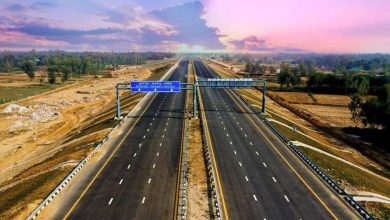
₹20,787 Crore Sanctioned for Nagpur-Goa Shaktipeeth Expressway: Full Route, Benefits & Economic Impact
Nagpur Goa Expressway: In a monumental move to boost connectivity and religious tourism across Maharashtra, the Maharashtra Cabinet has approved…
Read More » -
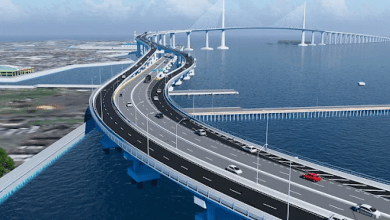
Maharashtra to Build India’s Longest Road Tunnel: A Leap Forward in Travel from Nagpur to Goa
Maharashtra longest road tunnel: In a monumental leap for India’s infrastructure development, Maharashtra is poised to construct India’s longest road…
Read More » -
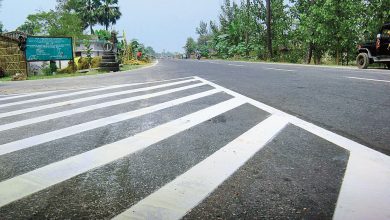
HC To Examine Legal Liability Over Nagpur-Katol Highway Project Delay
When Roads Turn into Roadblocks Nagpur Katol highway delay: Ever driven down a road that felt more like an obstacle…
Read More » -
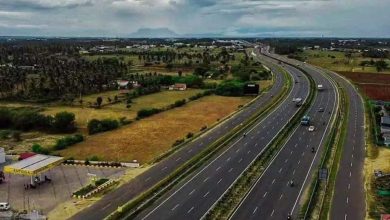
Samruddhi Expressway Opening in May: 8-Hour Drive!
Samruddhi Expressway Opening: The long-anticipated final stretch of the Hindu Hriday Samrat Balasaheb Thackeray Maharashtra Samruddhi Mahamarg is now complete, bringing…
Read More » -
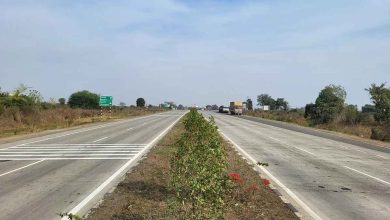
Outer Ring Road to Open for Traffic by April 2025
The much-awaited Outer Ring Road in Nagpur, a 64-km expressway designed to decongest city roads, is set to open for…
Read More » -

Long Wait for Mumbai-Nagpur Expressway Is Over: Here’s When It Will Open to Traffic
The much-anticipated Mumbai-Nagpur Samruddhi Expressway is now on the brink of full completion. With the last 76-km stretch ready, Maharashtra…
Read More » -
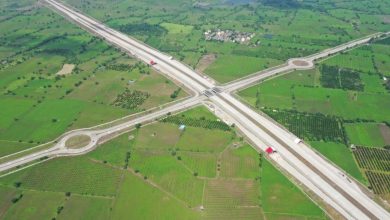
Mumbai-Nagpur Samruddhi Expressway: Final Stretch Fully Complete, All Set To Open In March
The long-awaited Mumbai-Nagpur Samruddhi Expressway is now fully complete, with the last 76 km of the 701-km expressway ready for…
Read More » -
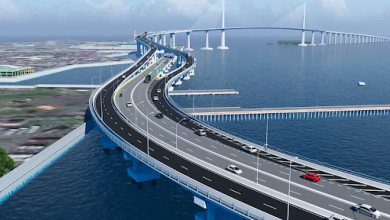
Nagpur to Goa Travel Time to Reduce by 10 Hours with New Expressway
The much-anticipated Nagpur-Goa Shaktipeeth Expressway is set to revolutionize travel between Nagpur and Goa, slashing the travel time by a…
Read More » -

Mumbai-Nagpur Expressway Nears Completion: 76-km Igatpuri-Amane Stretch to Open in March
The much-anticipated Mumbai-Nagpur Expressway is nearing completion, marking a major milestone in Maharashtra’s infrastructure development. The 76-km stretch from Igatpuri…
Read More » -
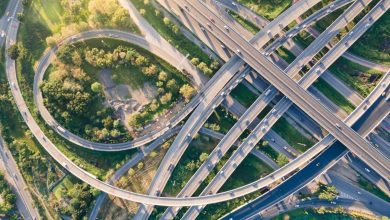
Connecting Faiths: All About the 802-km Nagpur-Goa Shaktipeeth Expressway
Imagine cutting down a daunting 18-20 hour road trip to a breezy 8-10 hours. That’s precisely the promise of the…
Read More »

